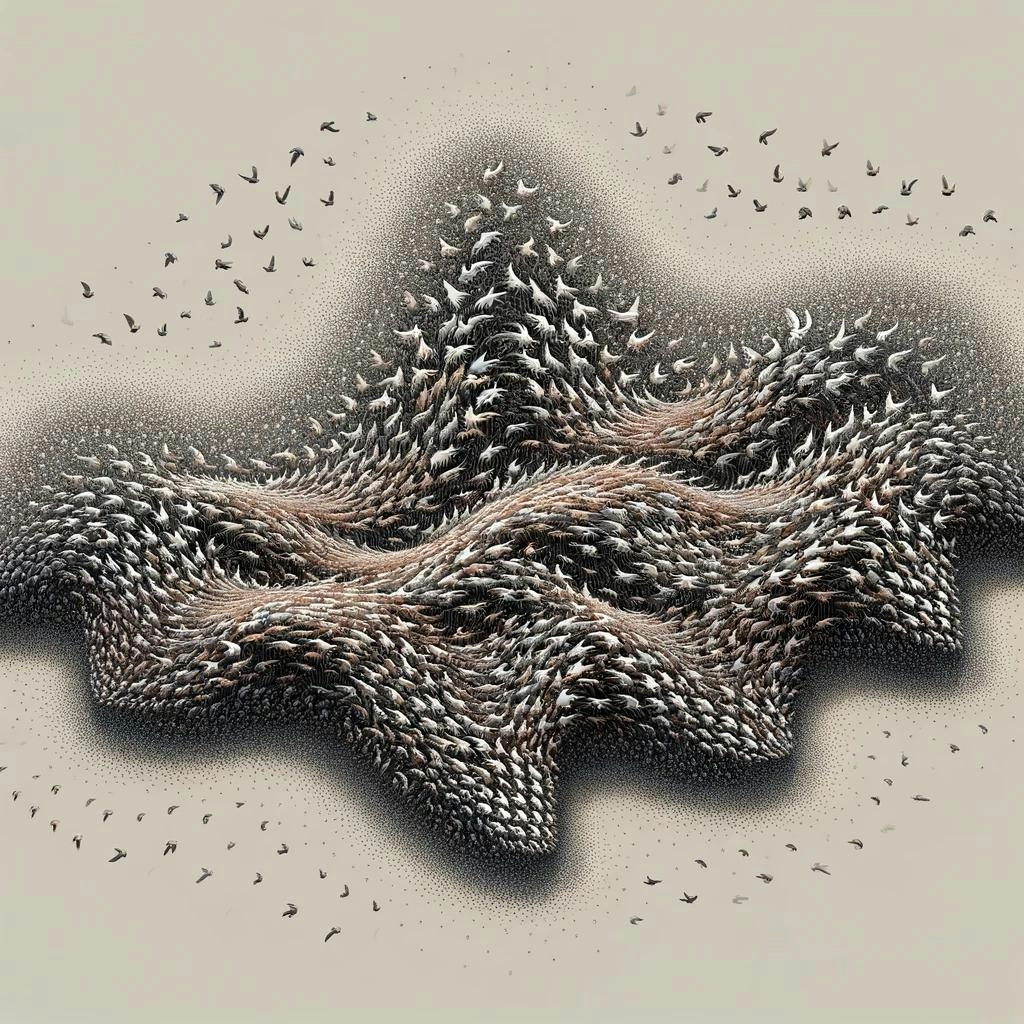
Scott Auriat
Scott Auriat
I am an Economist, history nut, Web3 and Tech enthusiast, and lover of emergent order. Welcome to Escaping Zero!
Subscribe to Scott Auriat
Receive the latest updates directly to your inbox.

The Network is the Notes, not the Song - The Blockchain is the Building Blocks, not the Building.
In the realm of creativity and innovation, distinguishing between the components that make up a whole and the whole itself poses a philosophical conundrum. How do the pieces and whole fit together? Not literally, but figuratively. There is clearly something emergent, such that the whole is greater than the parts. The song is more than just a collection of notes. But where does one end and the other begin?

When Do On-Chain Organizations Even Need Decentralization?
At what point does reaching for an ideal leave one at odds with reality? And can such delusion be justified, in some cases, insofar as it may drive progress?

Decisions in DAOs - What Causes the Pain?
DAO is a group of people who act without relying on a single person to make decisions. Sadly, the vast majority struggle with this vital capability

The road ahead for web3 remains the same
Web3 was facing a serious value crisis prior to the FTX blowup, and the road ahead for the space looks basically the same as it did a week ago. The speculative use cases had already completely run out of steam in terms of bringing in some quasi-normies on the margins even before SBF Leeroy Jenkinsed the crypto space. There are basically no newbies coming into crypto, and most of the ones who had gotten in during this last cycle are sitting crypto out completely now. This current blowup is certain to complicate the regulatory and public relations picture for crypto, but I submit that crypto was already facing a do-or-die proposition: create value outside of speculation for the general public and economy, or likely shrink or collapse over the medium as there is less and less to potentially even speculate on.

Serendipity and why Cities are Accidentally Brilliant
Why are Cities such hubs of Innovation? Consider the following from a book by influential economist Edward Glaeser titled – Triump of the City. Note: Innovation is hard to measure, but we know it occurs if we see productivity increases.

The Battle of Water(Luna)
What do Nepolean and Do Kwon have in common? They were both on the wrong end of speculative attacks. Terra Luna attack.

Digital Cities
The next generation of cities won’t be built with wood or bricks or steel. This time around, cities will be built with code.

CityDAO Journal #6: Harberger Taxes on Land and Real Property - Initial Thoughts
Almost every major city has a housing affordability issue and vacant land at the same time. This is crazy, and a Harberger tax might be the solution.

















